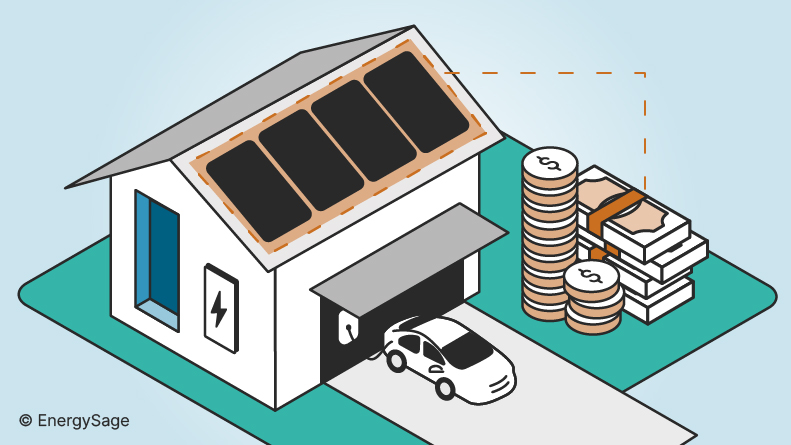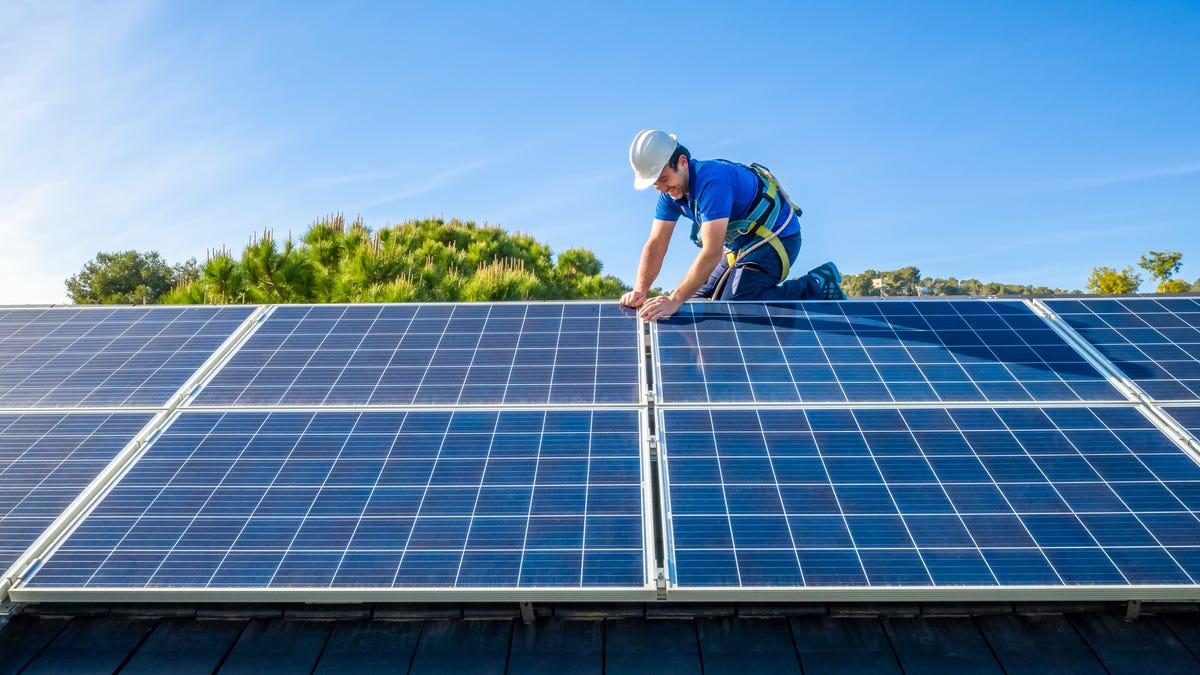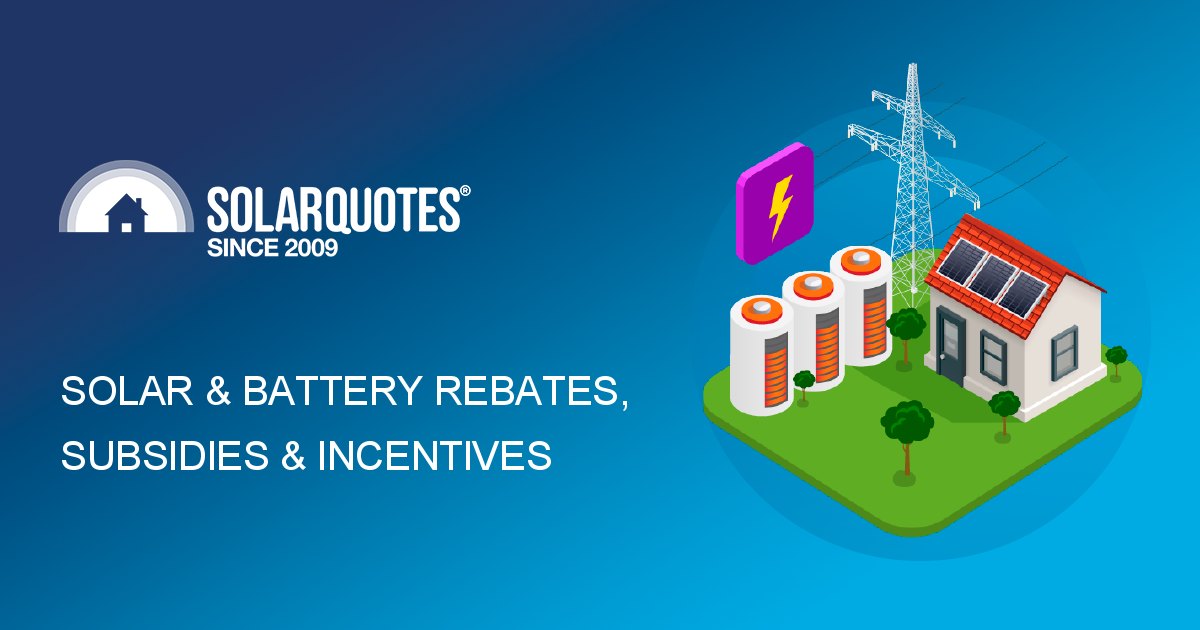$1800 on top of what baseline price? What models are we talking about? At that price, you’re obviously not getting a MrCool at Home Depot.
In my case, the 80% efficient 70,000 BTU two-stage variable speed furnace I purchased was about $3,400. It would have been $1,800 more than that for the 96% efficient unit.
On another note, it's quite likely that the 80 AFUE two-stage variable speed furnace I purchased is more efficient than if I'd bought a 96 AFUE single stage, single speed furnace. The two-stage furnace only uses 60% of its capacity to heat almost always. It only kicks into the second stage if it takes longer than 20 minutes to bring the house to the desired temperature. But again, the Biden administration would like to ban the furnace I just purchased just because it says "80 AFUE" on it. It doesn't really matter to them that my choice of a more premium two-stage, variable speed furnace is almost certainly more efficient than had I chosen the "more efficient" 96 AFUE single stage and single speed furnace. Nuance isn't exactly something the government is known for.
It’s not Biden’s fault the builders did something stupid like that. Replacing any unit in a crawlspace is going to be an expensive pain in the butt. (there’s just such a time bomb above my head right now)
Yes, but replacing an 80% efficient unit with another 80% efficient unit is IMMENSELY simpler than running all of the PVC condensate lines required for the new 96% efficient models. Even if the price of the unit was EXACTLY the same, the cost of labor to install the proper venting will almost certainly be in the thousands of dollars.
If you Google 80 vs 96 AFUE furnaces, you'll read all kinds of pros can cons. Which furnace is right for each situation varies on a myriad of factors. The government should keep their noses out of it.
As has been pointed out, the faster the manufacturers are forced into these standards, the faster they’ll figure out how to a ide by them cheaply.
Even so, the labor to install a 96 AFUE furnace will be vastly more than where an 80 AFUE furnace is installed. Additionally, you have to keep those newly installed condensate lines clean, which means an even greater maintenance cost as well.
I just don't understand why so many people support all of this unnecessary government interference.



